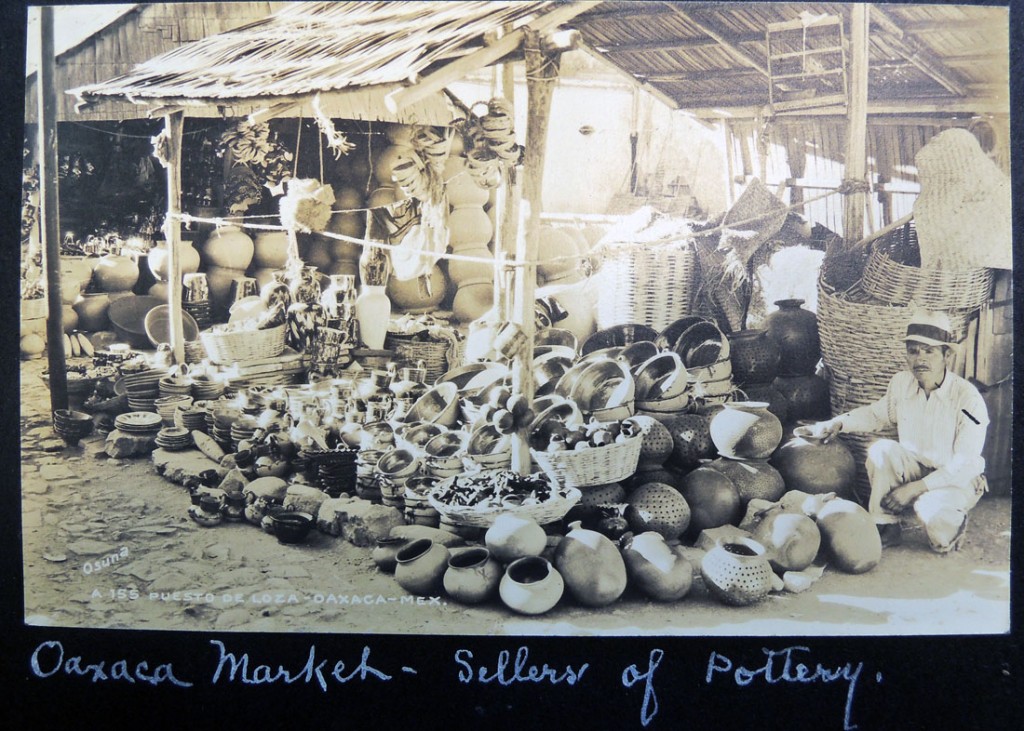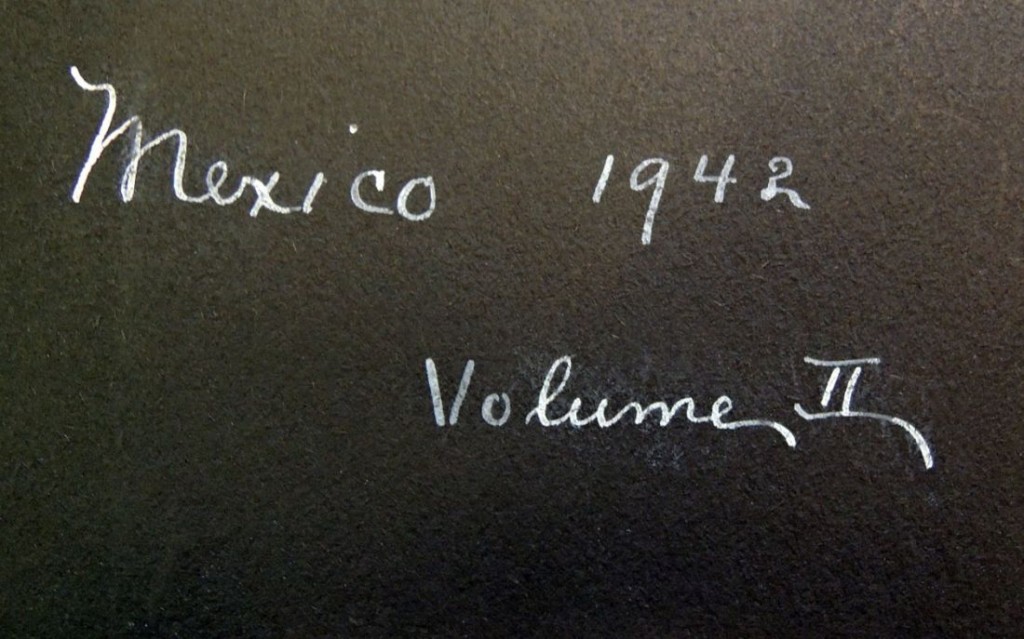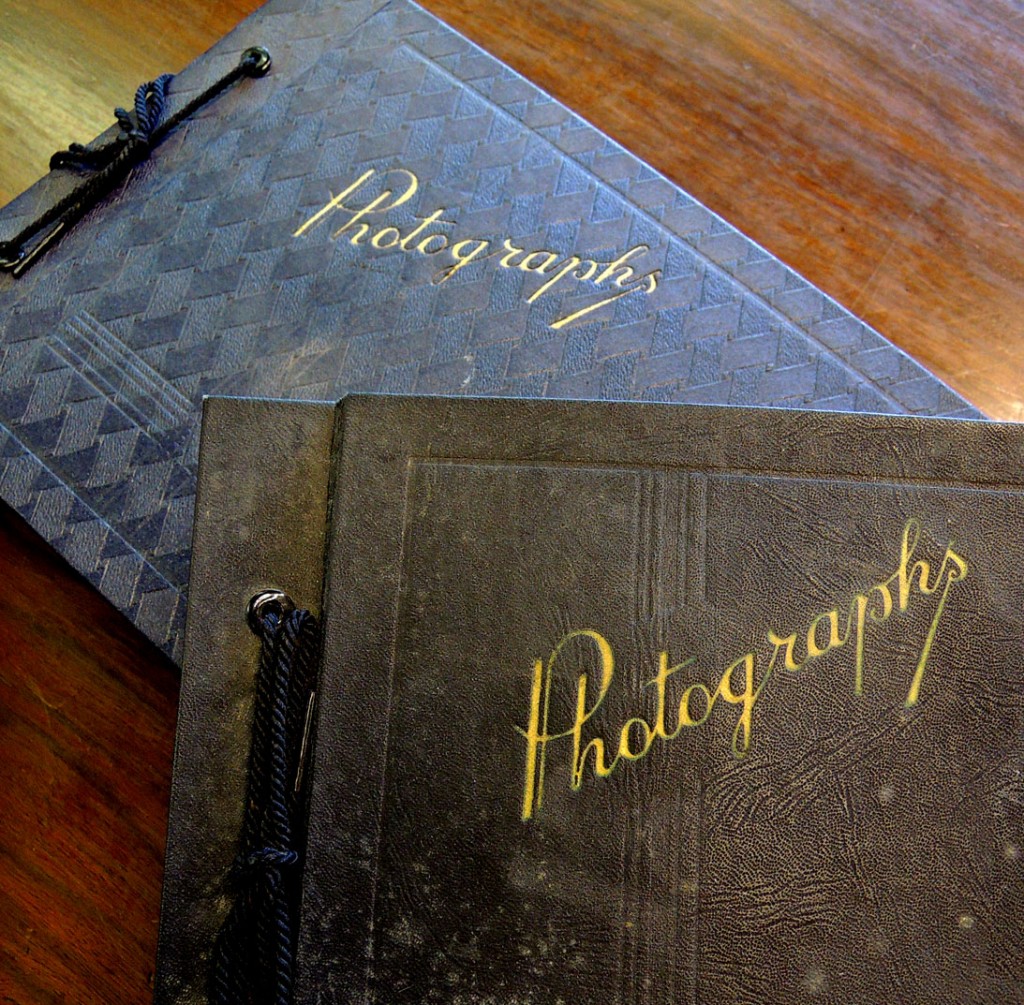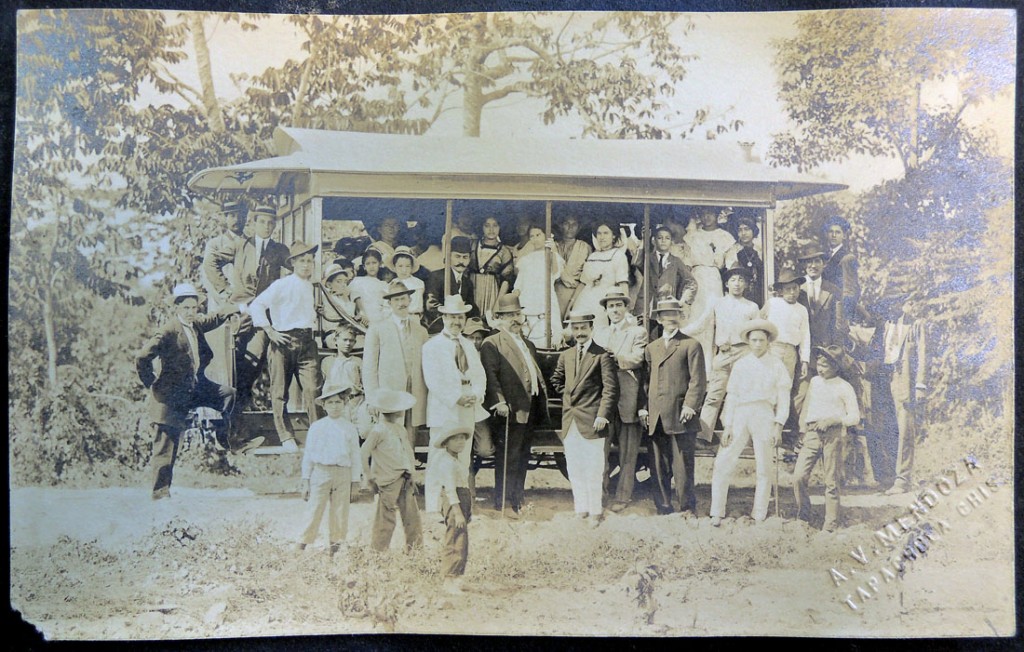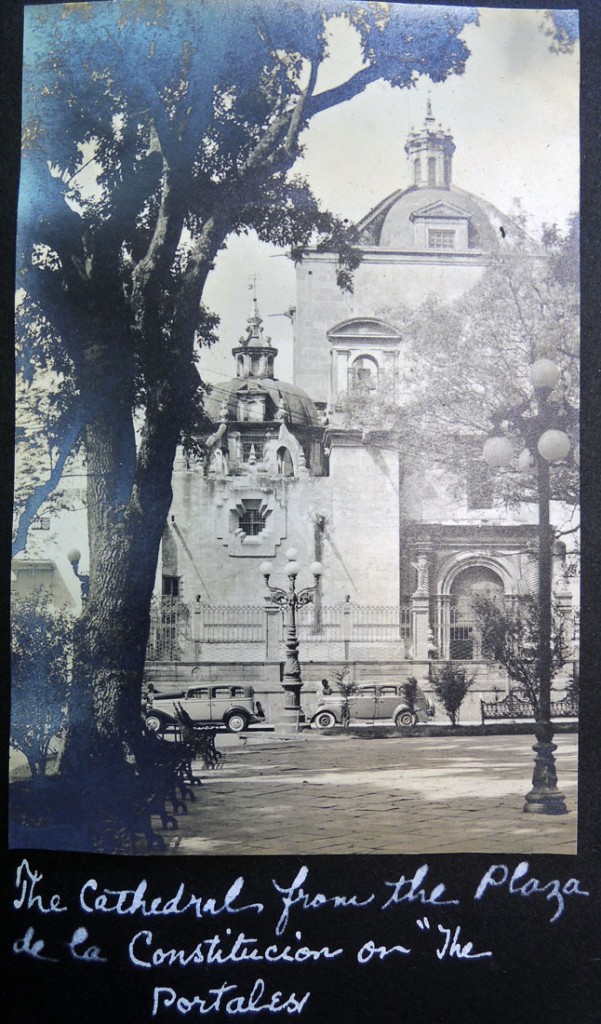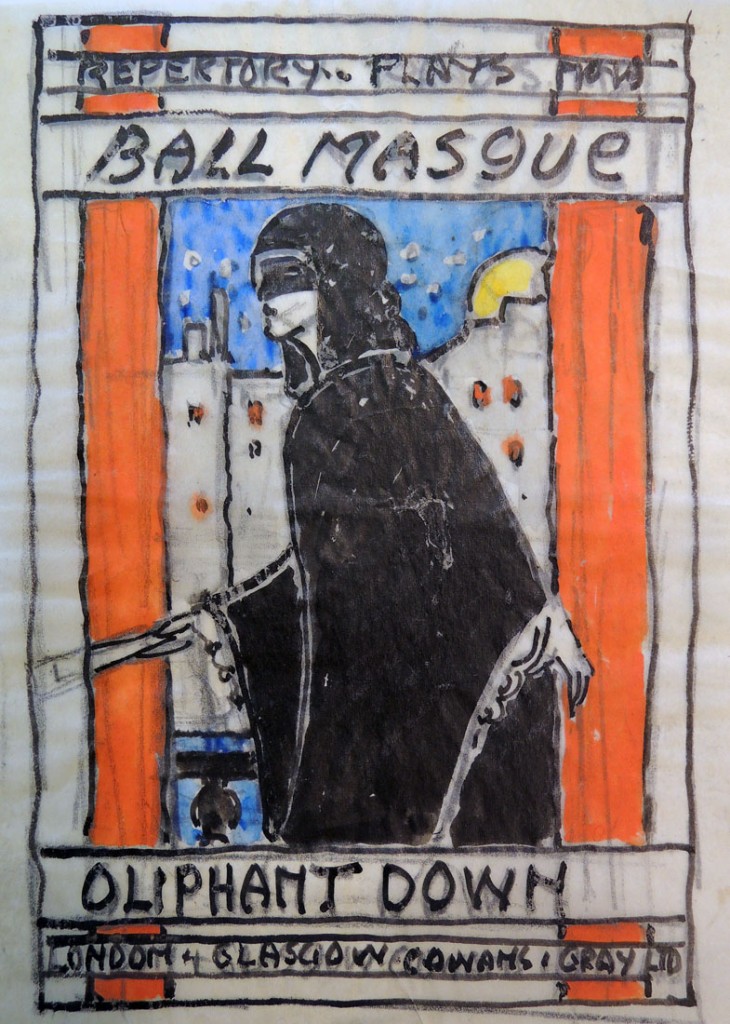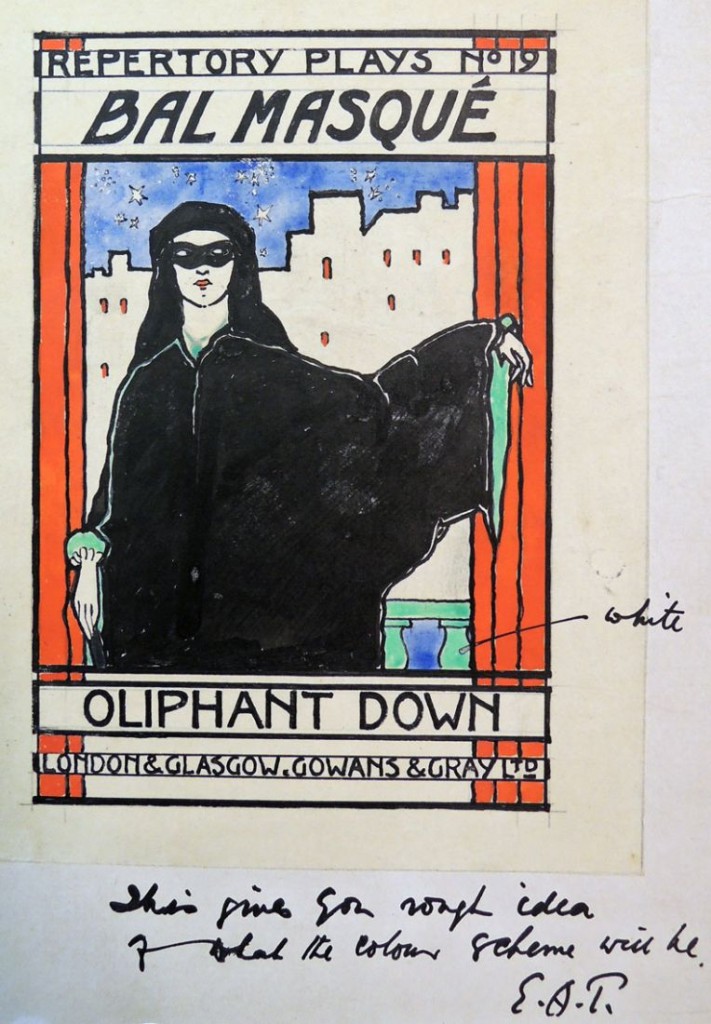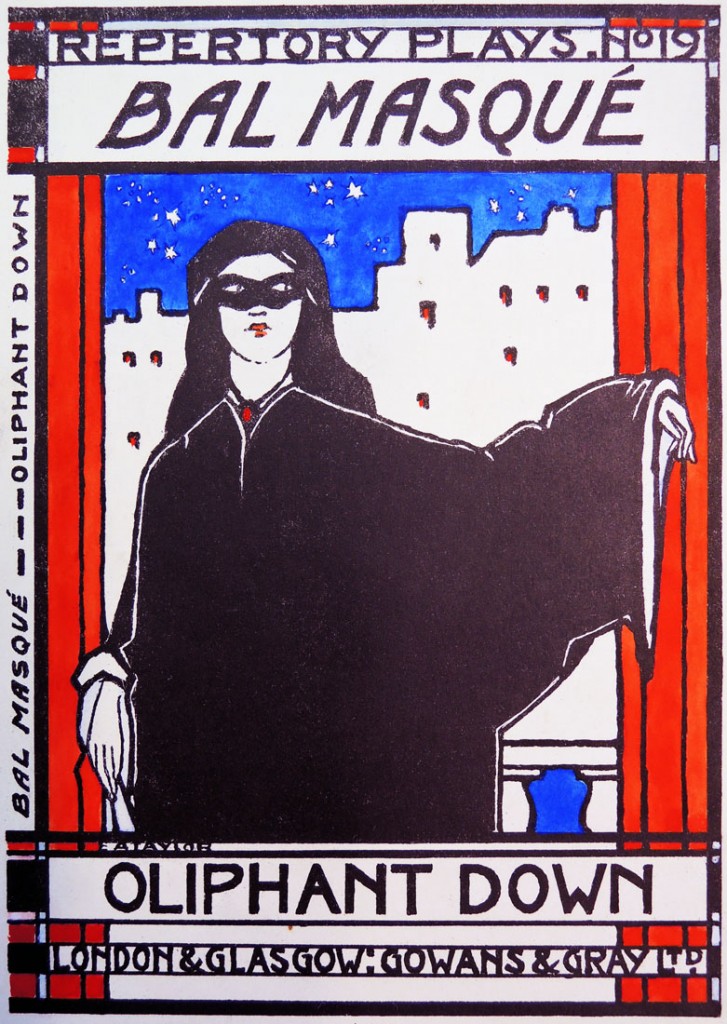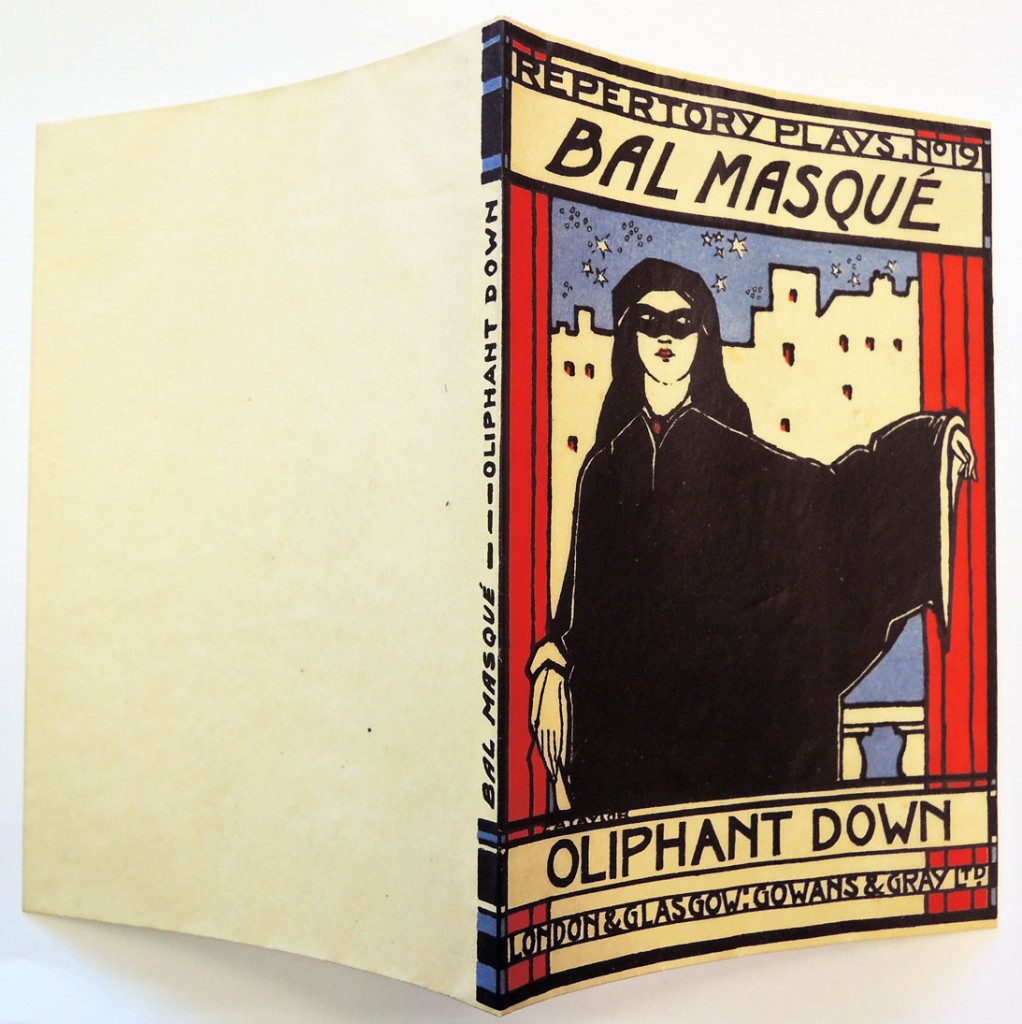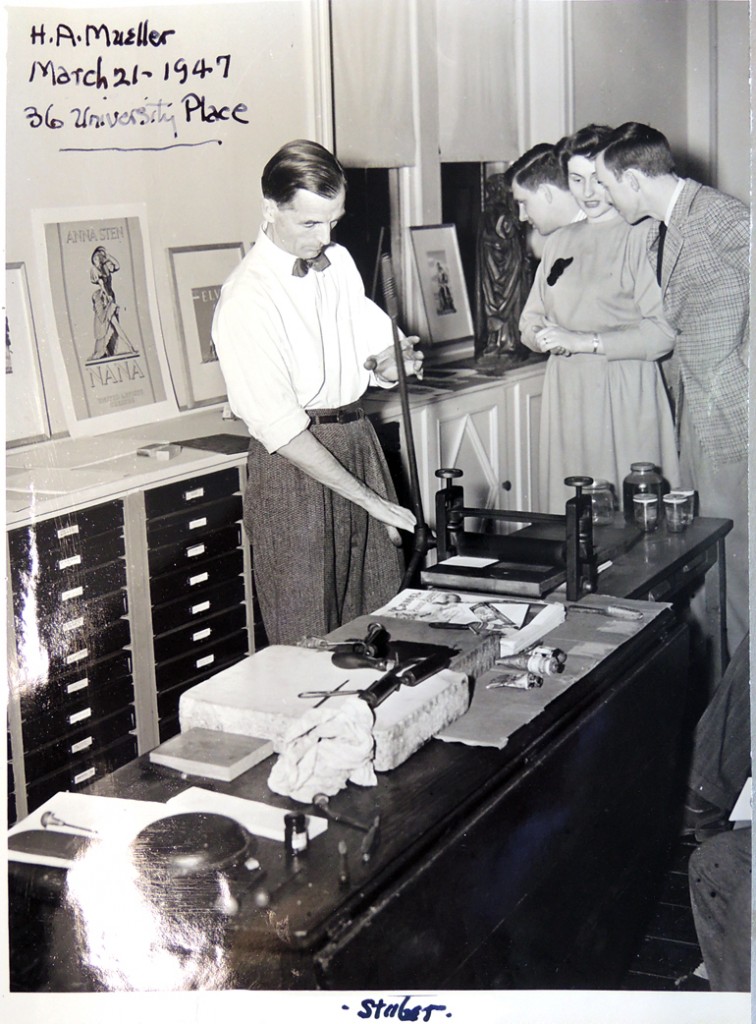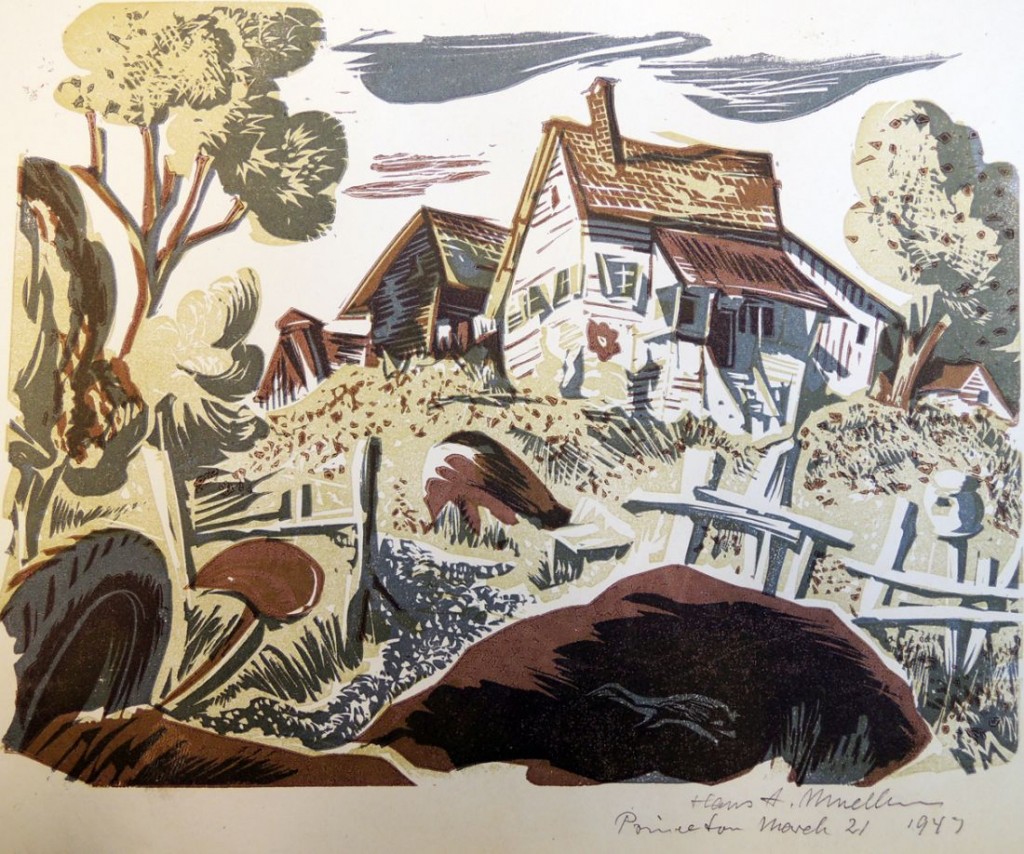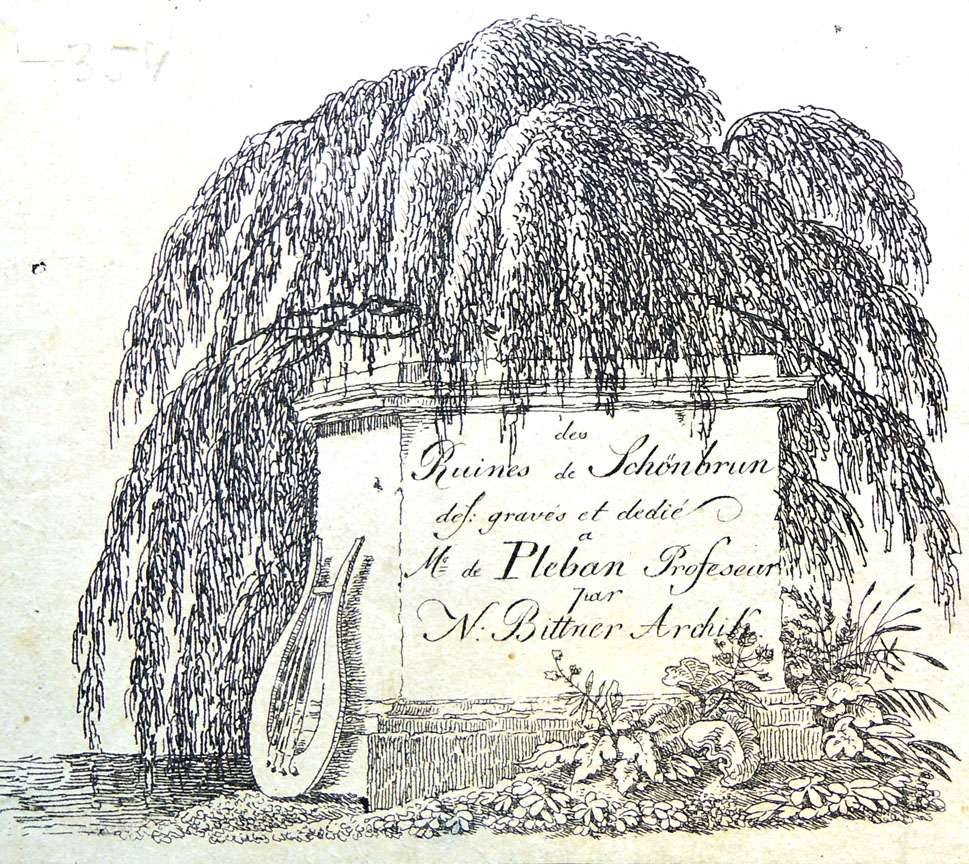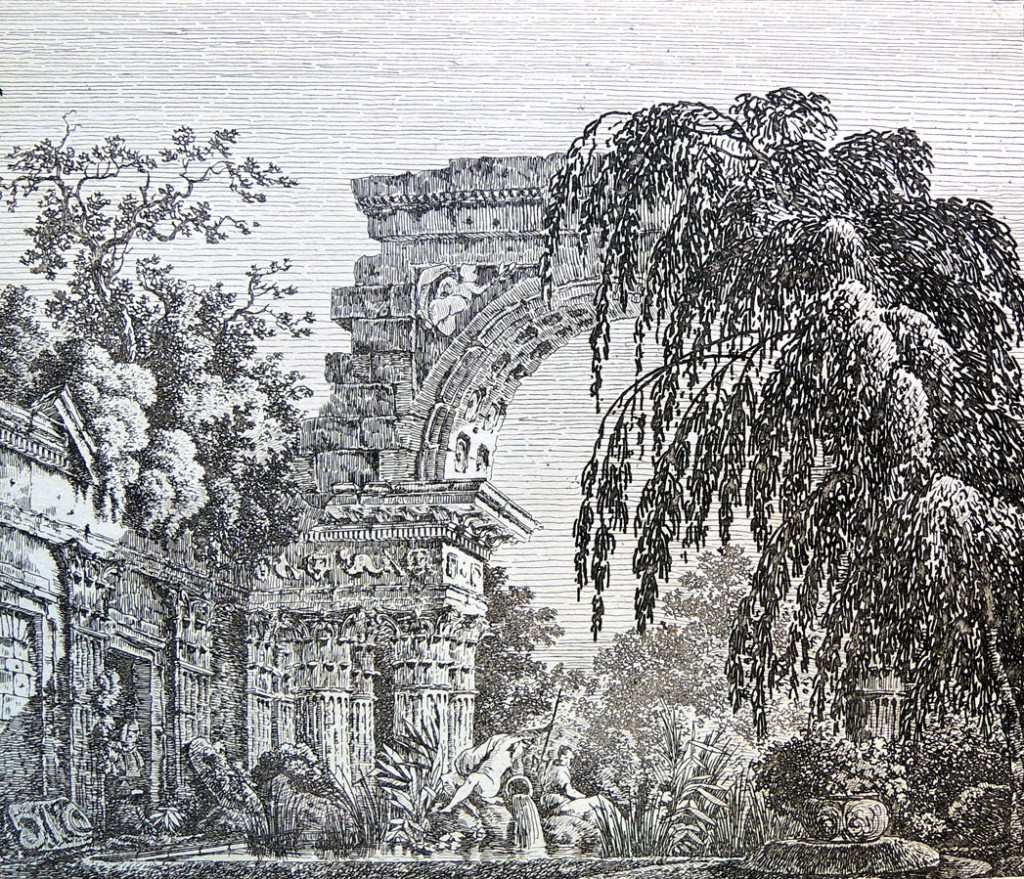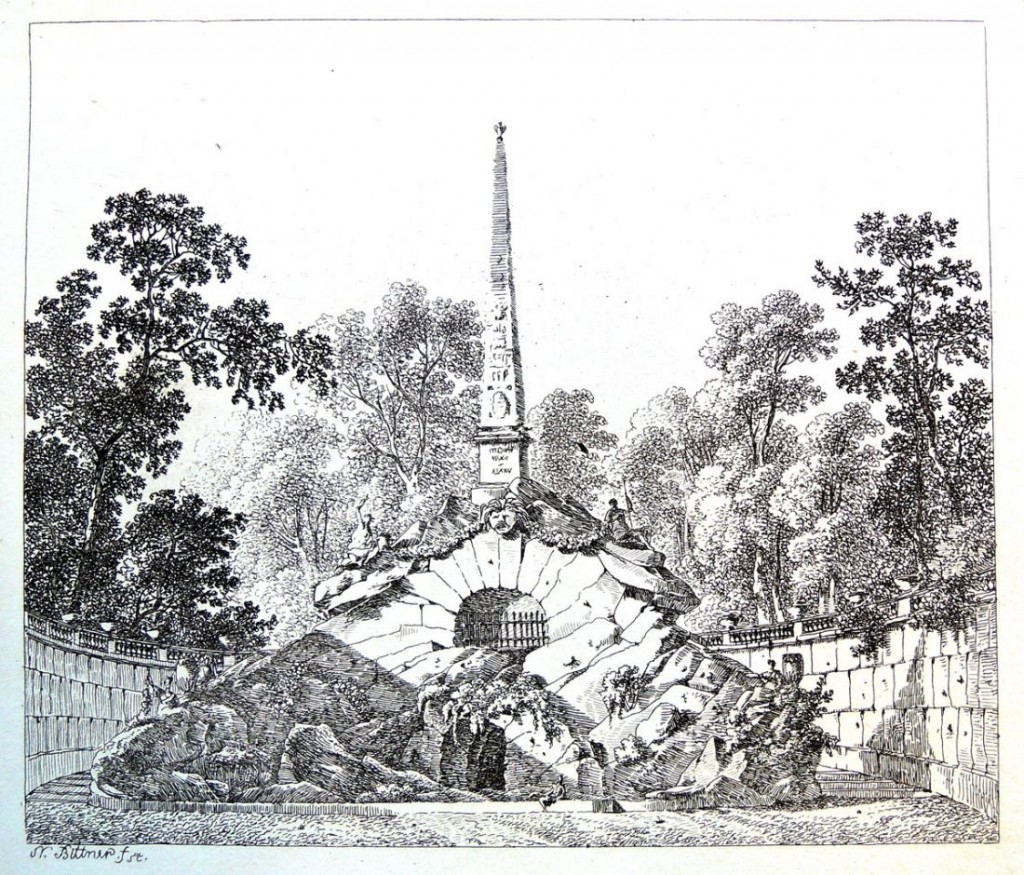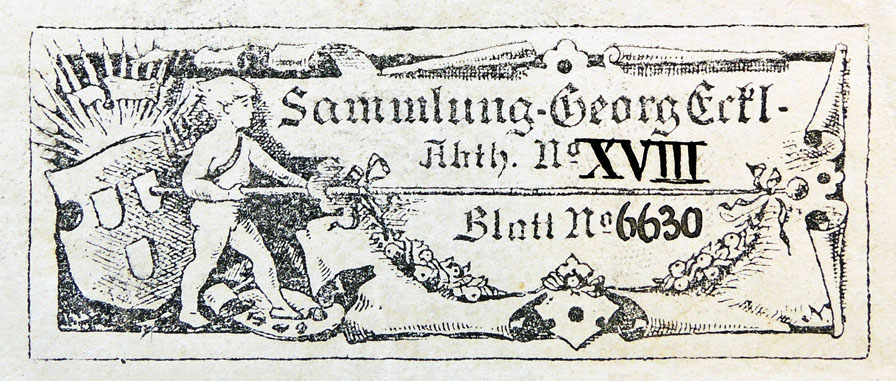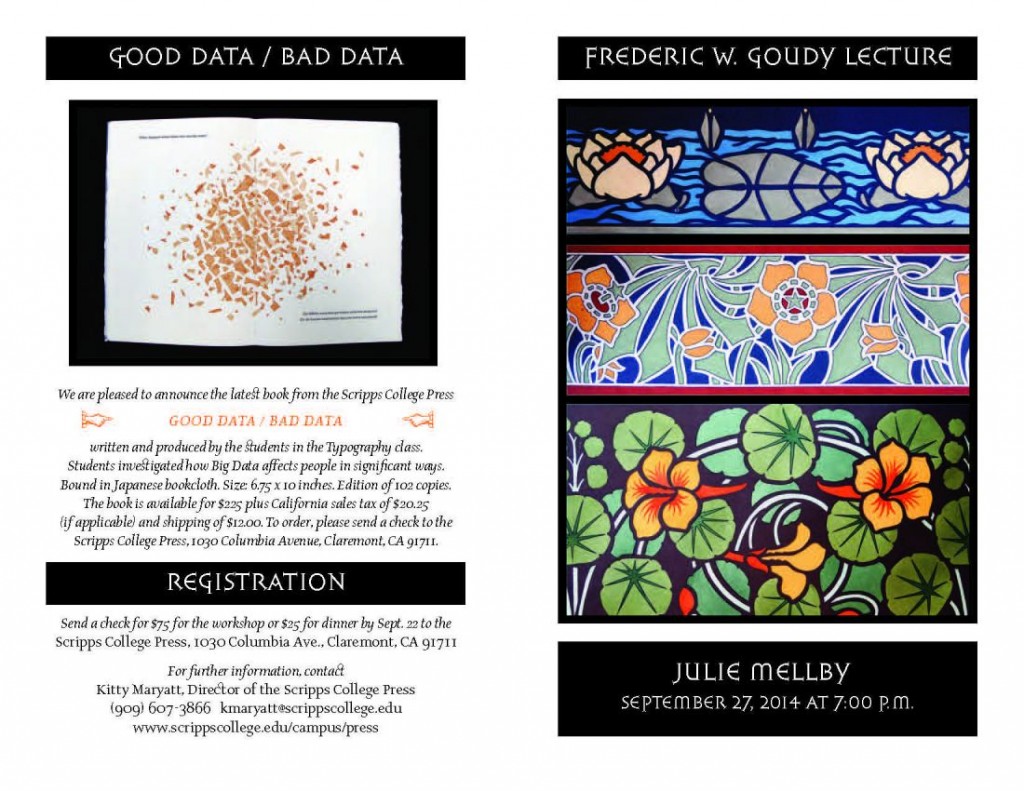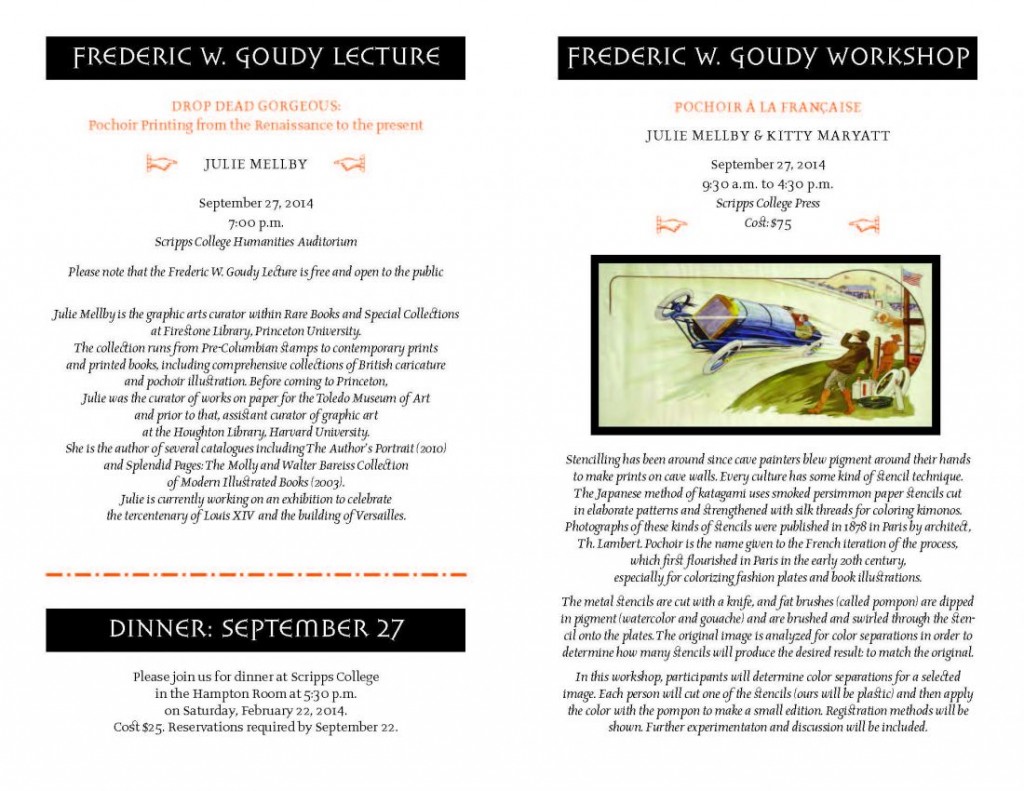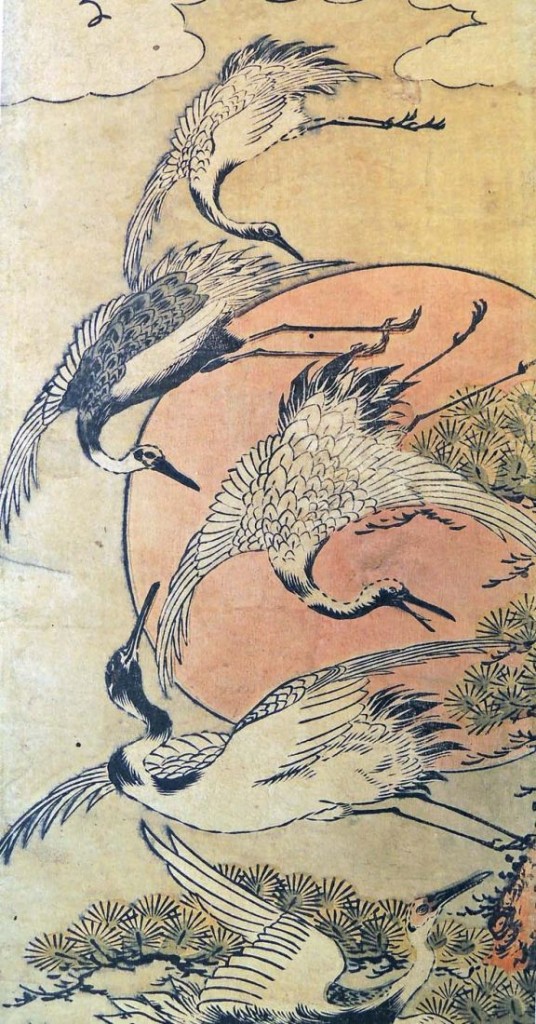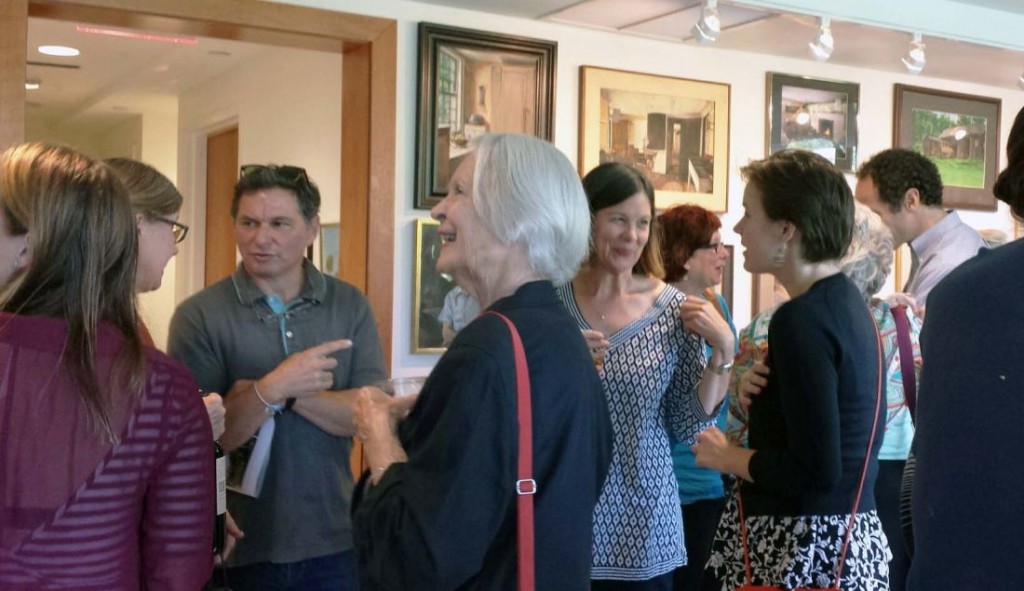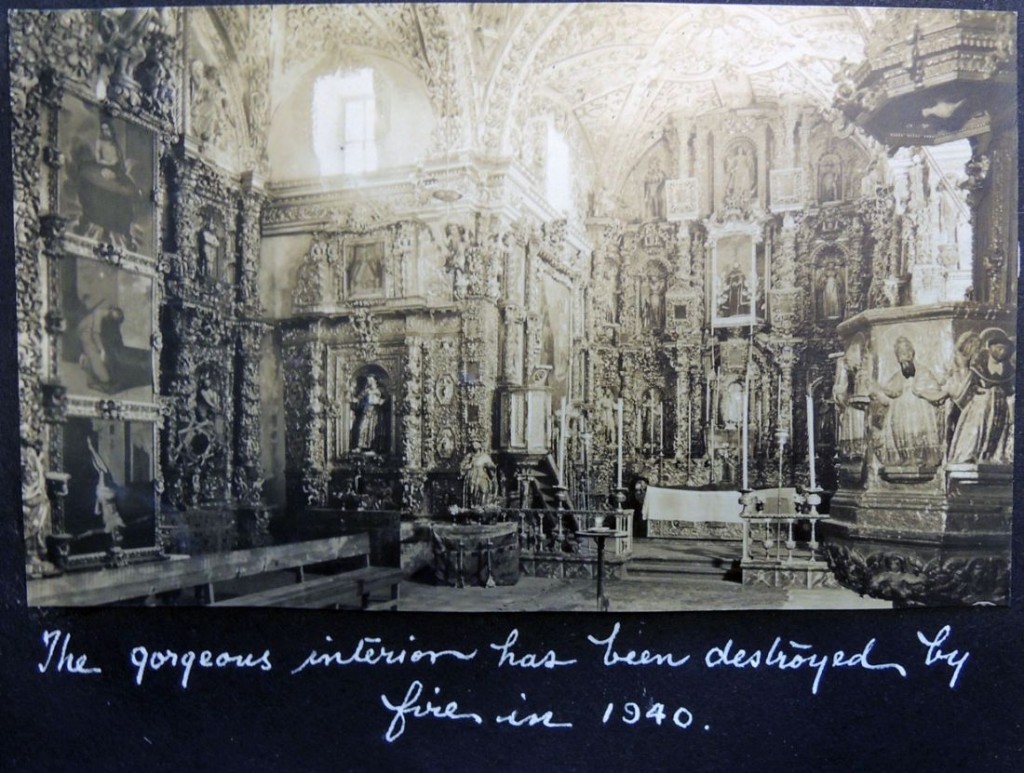 The collection WA130 Tourism in Mexico (Graphic Arts Off-Site Storage RCPXG-5830371) includes several dozen boxes of travel scrapbooks, photo albums, journals, letters, brochures, maps, books and other print material. In Box 7, pulled for the class Sound, Immigrants, and the American West, there are eight photo albums, most from the 1940s, which include both personal and commercial photographs. Here are a few samples.
The collection WA130 Tourism in Mexico (Graphic Arts Off-Site Storage RCPXG-5830371) includes several dozen boxes of travel scrapbooks, photo albums, journals, letters, brochures, maps, books and other print material. In Box 7, pulled for the class Sound, Immigrants, and the American West, there are eight photo albums, most from the 1940s, which include both personal and commercial photographs. Here are a few samples.
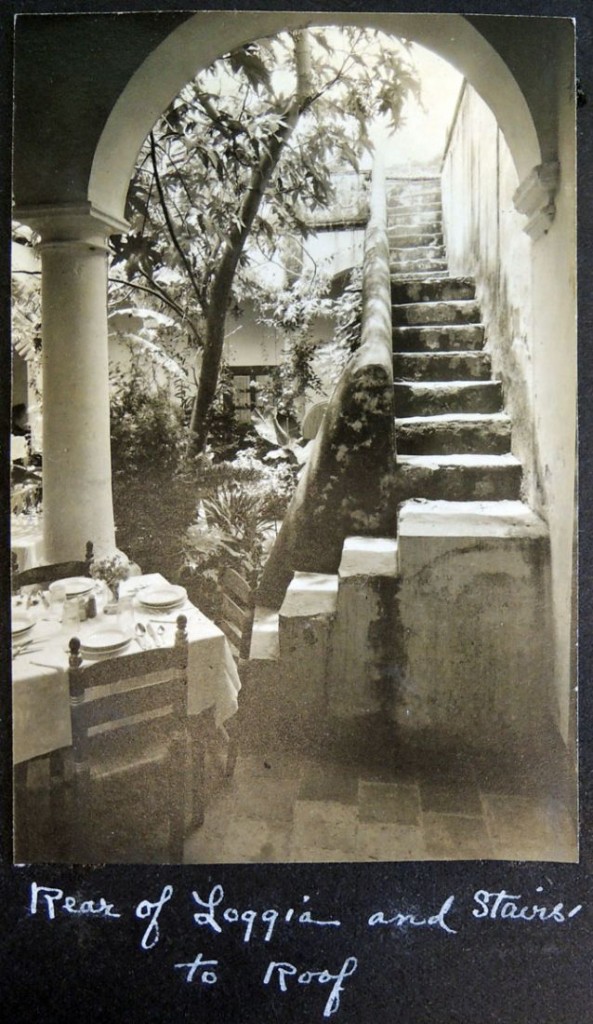
Period Advertising
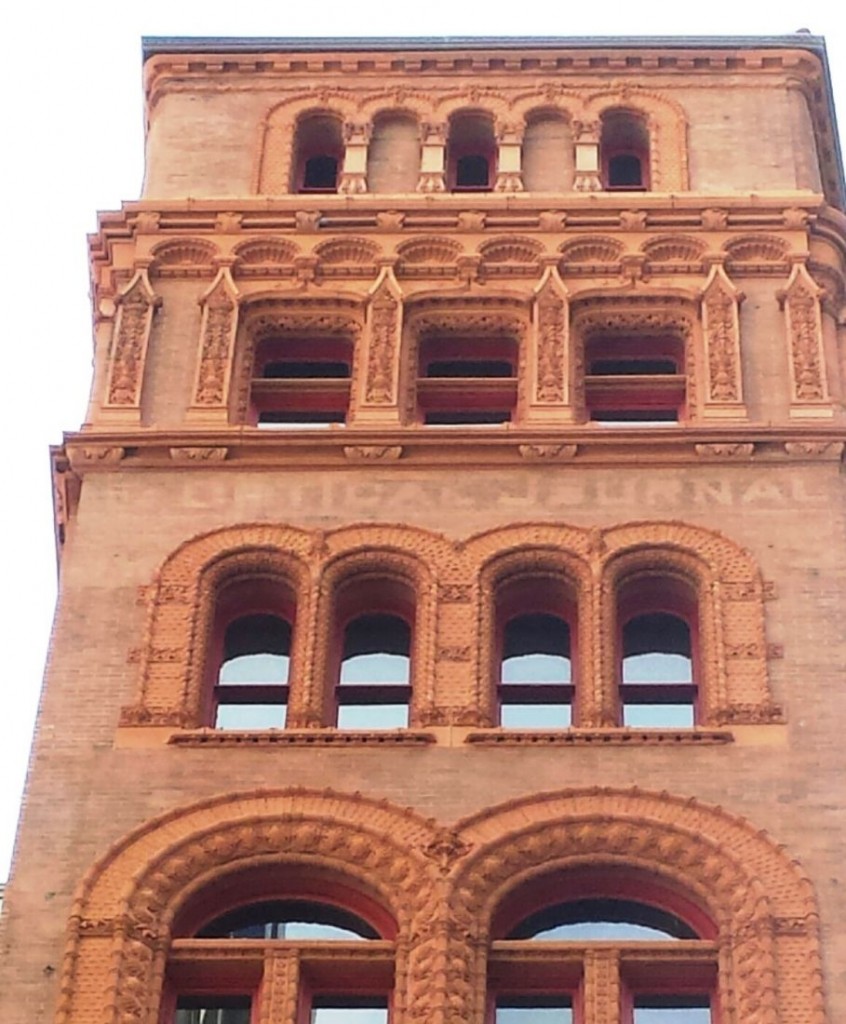
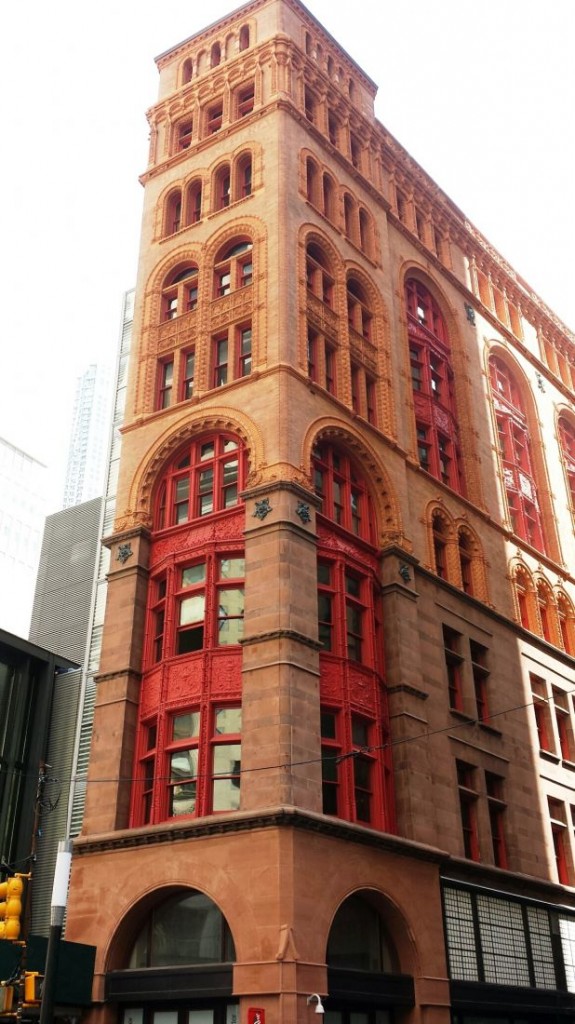 On one of Columbia Professor Andrew Dolkart’s recent walking tours through lower Manhattan, we stopped at the corner of Broadway and John Street to study the Corbin Building. When it opened in 1889 it was one of the tallest commercial buildings in New York City. Designed by Francis Kimball, the terracotta structure is close by publisher’s row, where most of the large newspapers were located and a block away from Mathew Brady’s studio, along with other photographers and opticians along lower Broadway.
On one of Columbia Professor Andrew Dolkart’s recent walking tours through lower Manhattan, we stopped at the corner of Broadway and John Street to study the Corbin Building. When it opened in 1889 it was one of the tallest commercial buildings in New York City. Designed by Francis Kimball, the terracotta structure is close by publisher’s row, where most of the large newspapers were located and a block away from Mathew Brady’s studio, along with other photographers and opticians along lower Broadway.
Near the top of the building, just under the penthouse, we saw the words “Optical Journal” on one side and “Jeweler’s Circular” on the other. Dolkart pointed out that while the building was financed by Austin Corbin, president of the Long Island Railroad, most of the floors were rented to various companies. These top floors held the offices of the Jeweler’s Circular Publishing Company, where in 1898, the American Association of Optician was established and a monthly journal printed.
These texts are some of the few period advertisements left in lower Manhattan. Like the rebinding of books and magazine, the renovation and reconstruction of the area has removed most of the print advertising, so valued by researcher and historians. 
Bal Masqué
Oliphant Down (1885-1917), Bal Masqué: a Fantasy in One Act (London: Gowan and Gray, 1924). Book jacket design by E.A. Taylor. Graphic Arts Collection 2014- in process
The Scottish artist Ernest Archibald Taylor (1874–1951) not only painted in oil and watercolor but also designed furniture, interiors, and stained glass. He trained at the Glasgow School of Art before taking a position with the design firm of Wylie and Lochhead.
Beginning in 1910, Taylor and his wife, Jessie M. King (1875-1949) spent several years living in Paris, where they ran an art school called the Shearling Atelier. Back in Scotland, they continued to teach, establishing a school at High Corie on the isle of Arran and an artists’ colony in Kirkcudbright.
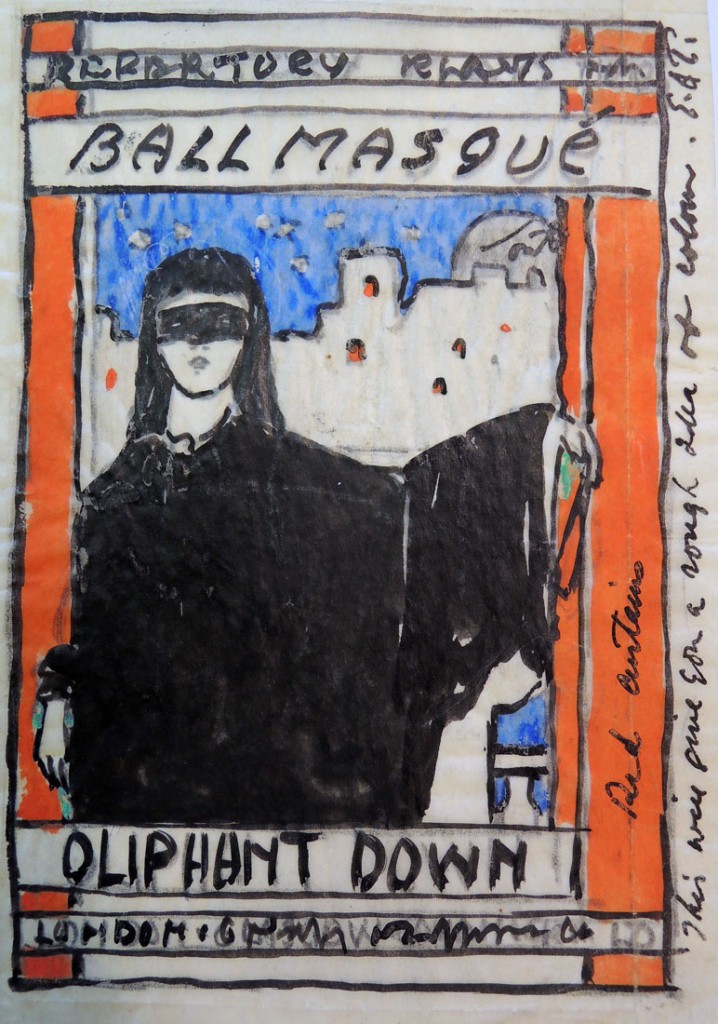
Taylor’s experience as a stain glass designer is evident in the cover design for the Scottish playwright Oliphant Down’s posthumous publication Bal Masqué. The Graphic Arts Collection recently acquired all of his preliminary drawings leading up to and including the final book. Notice the changes in the figure, in the background, in the typography, and in the color scheme.
Princeton also holds ten books designed by Jessie King, primarily children’s books in the Cotsen Library.
Hans Alexander Mueller
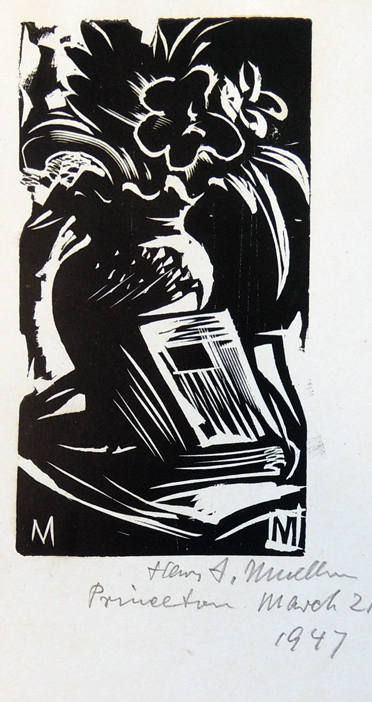 The December 4, 1939 issue of Life Magazine included a profile of the German American artist Hans Alexander Mueller (1888-1962), who had just published, Woodcuts & Wood Engravings: How I Make Them. It is surprising that a major magazine would be interested in highlighting a printmaker or a book on printing techniques. However, the fine press edition was printed by Elmer Adler’s Pynson Printers, with original woodcuts and wood engravings for the entire edition. Adler also gave Mueller an exhibition in the New York Times Annex on 43rd Street, which was reviewed in the Times, leading to the additional publicity. Today, it is somewhat unfortunate that we know Mueller primarily as the teacher of Lynd Ward (1905-1985).
The December 4, 1939 issue of Life Magazine included a profile of the German American artist Hans Alexander Mueller (1888-1962), who had just published, Woodcuts & Wood Engravings: How I Make Them. It is surprising that a major magazine would be interested in highlighting a printmaker or a book on printing techniques. However, the fine press edition was printed by Elmer Adler’s Pynson Printers, with original woodcuts and wood engravings for the entire edition. Adler also gave Mueller an exhibition in the New York Times Annex on 43rd Street, which was reviewed in the Times, leading to the additional publicity. Today, it is somewhat unfortunate that we know Mueller primarily as the teacher of Lynd Ward (1905-1985).
When Adler moved to Princeton and started the Princeton Print Club, Mueller was invited to demonstrate his printing techniques in 1947. As the audience watched, the artist cut and printed several prints, which were then given to the Club for their circulating collection. Two years later, Mueller was invited back to create the Club’s membership print for 1949, depicting the new Firestone Library.
“There have been many books on woodcuts,” wrote Ward for the book jacket, “but this one is without equal in its intrinsic quality. The woodcut artist is peculiarly dependent on the printing process for the realization of his full intent, and probably nowhere else in the world could this book have been produced with the full measure of care and high standard of craftsmanship that it is receiving at the hands of Elmer Adler and the Pynson Printers.”
Hans Alexander Mueller, Woodcuts & Wood Engravings: How I Make Them (New York: Pynson Printers, 1939). Graphic Arts Collection (GAX) NE1000 M87 1939q
Woodrow Wilson and Football
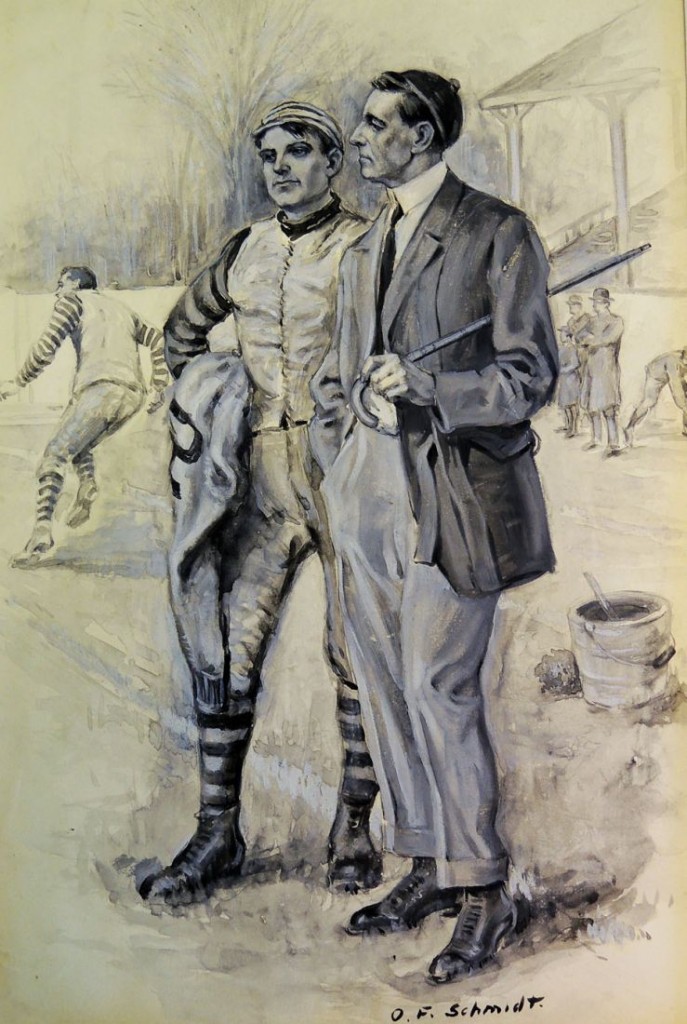 Wilson’s Love of Football
Wilson’s Love of Football
“Wilson was a true football enthusiast. He valued the game from a high-minded, moralistic point of view, while also acting as something of an armchair quarterback. On February 14, 1894, in a news report that appeared in Philadelphia’s Public Ledger, Wilson stated that the game of football should be encouraged for the sake of the game itself because it “develops more moral qualities than any other game of athletics…This game produces…qualities not common to all athletics, that of co-operation, or action with others, and self-subordination. These are things to be encouraged, and they unquestionably come from the game of football.” Wilson, however, viewed the game from the fan’s point of view as well. In an 1892 letter to Robert Bridges, a close friend who presumably asked Wilson’s opinion on the outcome of the Yale game, Wilson replied, “Alas, no! There’s not a ghost of a chance of our beating Yale. If the 32-0 experience is not repeated, I shall be thankful. This is not because Penn., the despised Penn., beat us; but because (this is in confidence) incredibly stupid coaching….”
This label copy is quoted from the 2002 main gallery exhibition that University Archivist Dan Linke and his staff prepared for the centennial of Wilson’s Princeton presidency. The item chosen to accompany the text was an illustration of “Woodrow Wilson, Football Coach,” done in 1912 by Oscar F. Schmidt (1892-1957) from the Graphic Arts Collection.
We originally thought the artist was Otto Schmidt (1876-1940), who was another magazine illustrator but thanks to a researcher who tracked down the image, we now know our drawing was reproduced in St. Nicholas: an Illustrated Magazine for Young Folks, published by The Century Company, v. 40, pt. 1 on November 1912, p. 19, in conjunction with an article entitled “What Woodrow Wilson Did For American Football” by Parke Davis.
Schönbrunn Gardens in Vienna
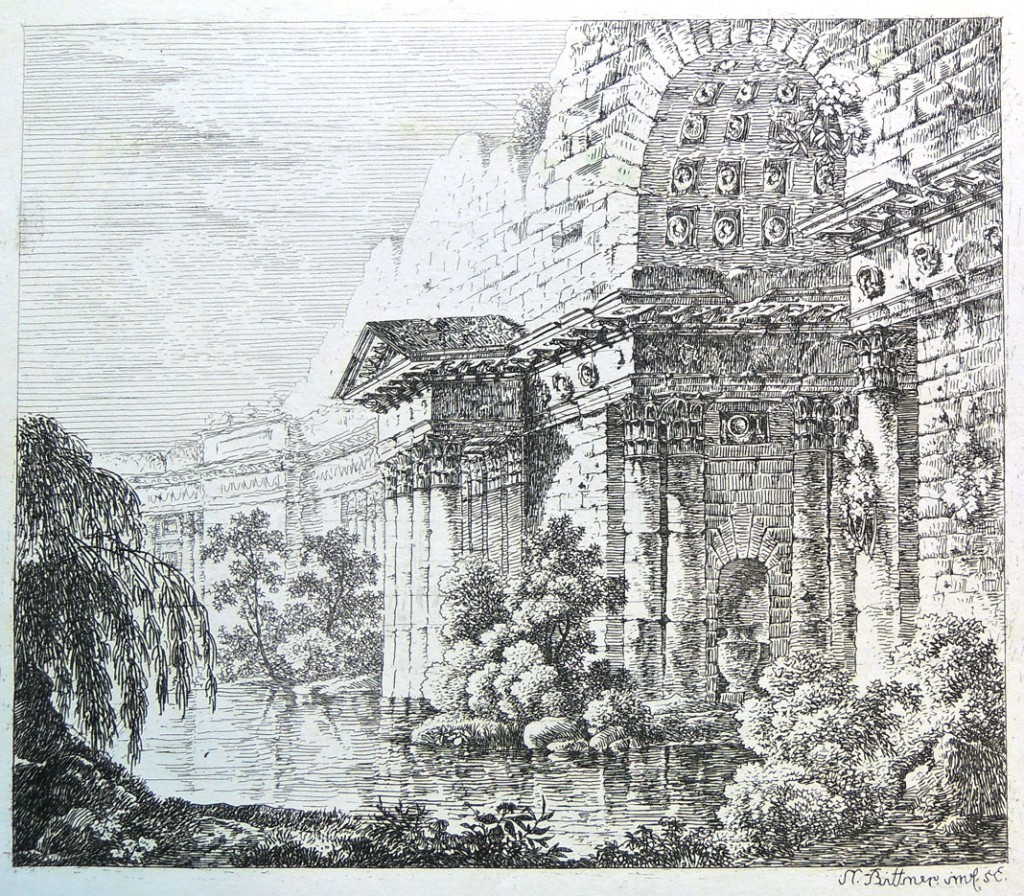
Norbert Bittner (1786-1851), Des Ruines de Schönbrun des[siné], gravés et dedié à Mr. de Pleban, Profeseur par N. Bittner, Archit. (Vienna, ca.1815]. Graphic Arts Collection 2014- in process. 8 etchings
The Graphic Arts Collection recently acquired this exceedingly rare set of eight prints on the ruins of the gardens of Schönbrunn in Vienna. So far, no other copies in libraries have been found (note: the originals are slightly darker than my photographs here). Originally known as the Ruin of Carthage, the Roman Ruin is a set of follies that was designed by the architect Johann Ferdinand Hetzendorf von Hohenberg (1733-1816) and erected as an entirely new architectural feature in 1778 in the Schönbrunn gardens in Vienna.
“Fully integrated into its parkland surroundings, this architectural ensemble should be understood as a picturesque horticultural feature and not simply as a as a ruin. The fashion for picturesque ruins that became widespread with the rise of the romantic movement soon after the middle of the 18th century symbolize both the decline of once great powers and the preservation of the remains of a heroic past.”
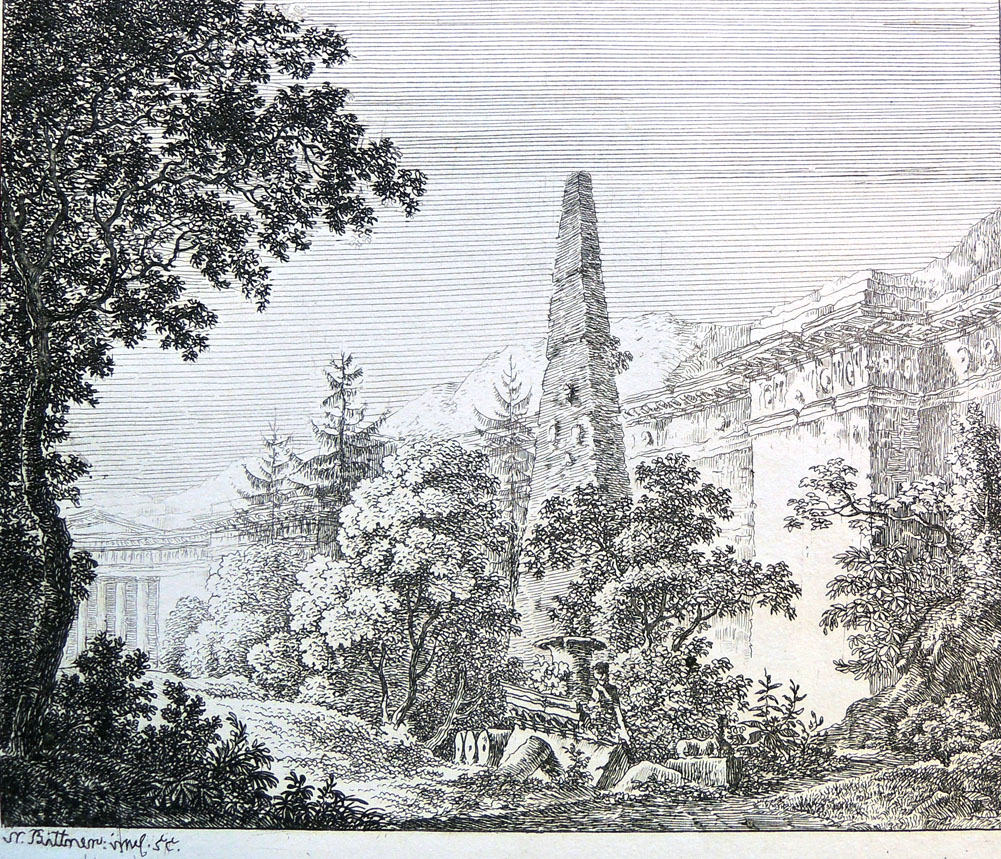
Born in Vienna, Norbert Bittner (1786-1851) was a painter, draftsman and etcher, trained in his hometown at the Academy of Fine Arts. Besides decorations and interiors prints (after A. de Pian) he left a large number of landscapes prints and watercolors, almost exclusively from the area in and around Vienna, as well as architectural representations and theater decorations.
Drop Dead Gorgeous
Versailles on Paper
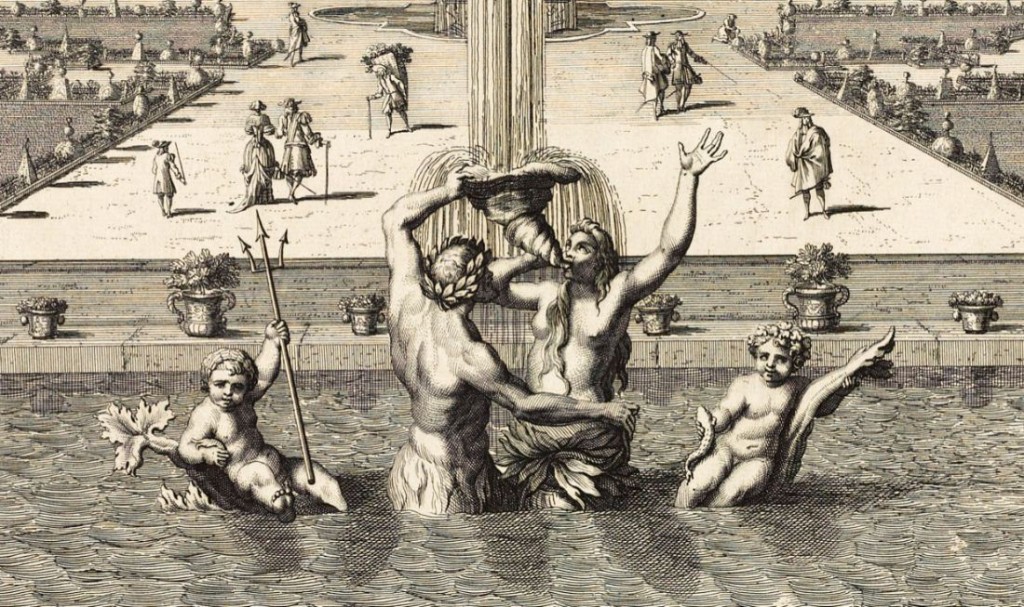 In conjunction with the upcoming exhibition Versailles on Paper: A Graphic Panorama of the Palace and Gardens of Louis XIV, opening February 14, 2015, several rare volumes have been digitized in their entirety. Here is the link: http://pudl.princeton.edu/collections/versailles3
In conjunction with the upcoming exhibition Versailles on Paper: A Graphic Panorama of the Palace and Gardens of Louis XIV, opening February 14, 2015, several rare volumes have been digitized in their entirety. Here is the link: http://pudl.princeton.edu/collections/versailles3
Our sincere thanks to Volker Schröder, Gretchen Oberfranc, Sandy Brooke, Vicki Principi, AnnaLee Pauls, Jon Stroop, Shaun Ellis, Kevin Reiss, Roel Munoz, Don Thornbury, Jeff Barton, Joyce Bell, and many others I’m sure I’m forgetting. It is amazing how much time and effort these projects require.
Note in particular the ability to zoom in on details!
A flock of cranes
The Graphic Arts Collection has a small collection of hashira-e or pillar prints. Their condition is less than perfect but this is not unusual. Printed on long, narrow sheets to fit on the pillars in someone’s home, these prints were exposed to all types of environmental damage, including excess light and dust and humidity. It’s a wonder any of them survive.
Several of our prints are by Katsukawa Shunchō, a Japanese printmaker active from 1783 to 1821 but my favorite is by Isoda Koryūsai, who worked both as a painter and printmaker around 1765 to 1785. His “Flock of Cranes” draws on the mythology of the crane as a symbol of long life and fidelity. Oberlin posted a nice compendium of mythologies of the crane: http://www.oberlin.edu/amam/asia/crane/documents/craneinfo.pdf
Jacob Pins, The Japanese pillar print: Hashira-e; foreword by Roger Keyes (London: Sawers, 1982). Marquand Library (SA) Oversize NE1310 .P61q
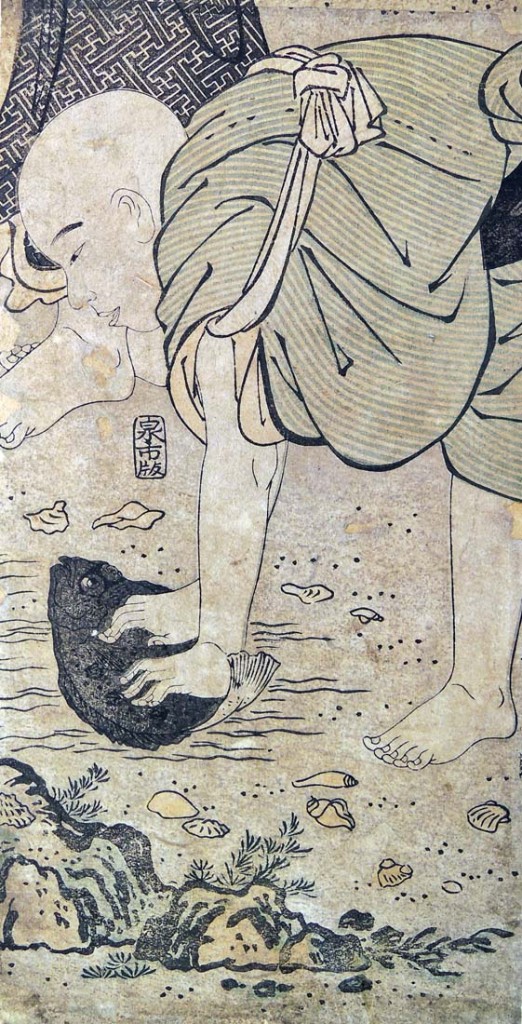 Details of Gathering Shellfish at Low Tide
Details of Gathering Shellfish at Low Tide
Isoda Koryusai, A Flock of Cranes, no date. Color woodblock print. GA 2009.00770
Katsukawa Shuncho, Gathering Shellfish at Low Tide, no date. Color woodblock print. GA 2009.00772
Katsukawa Shuncho, Courtesan emerging from a mosquito net, no date. Color woodblock print. GA 2009.00771
Gillett Griffin
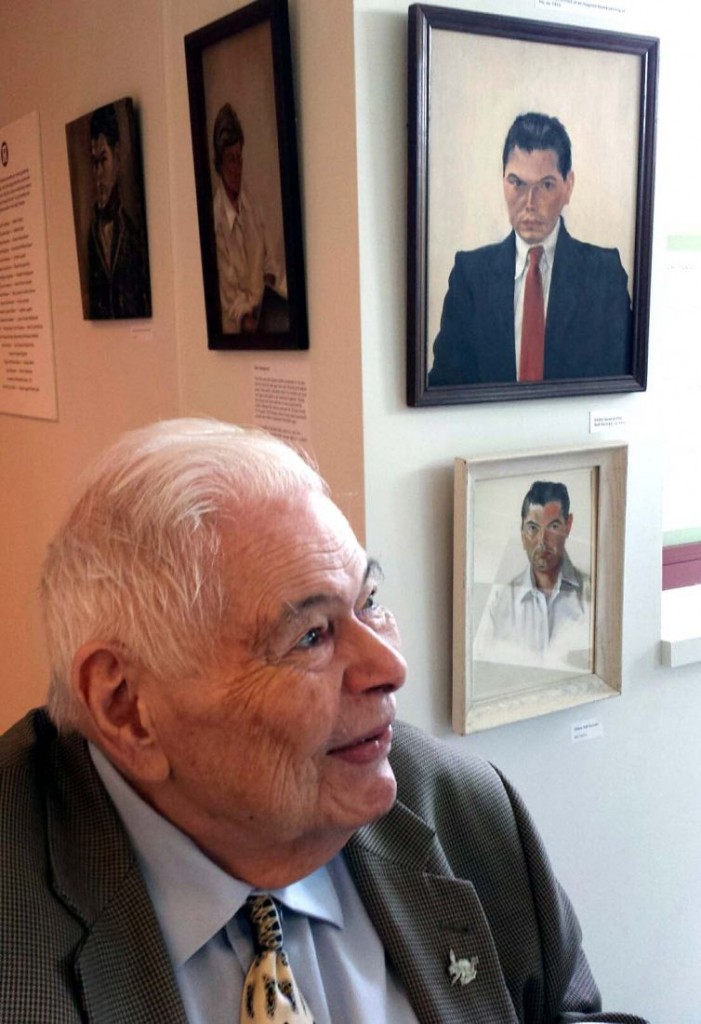
Congratulations to Gillett Griffin, former curator of graphic arts, whose exhibition The Eyes Have It Gillett Griffin, had its opening reception yesterday afternoon at the Art Council of Princeton.
The show, which runs through September 30, 2014, includes Gillett’s paintings, drawings, and sketches made during his extensive travels, along with field notes and diaries. It will introduce him as an artist to many people who only know him as a curator and teacher.
As the ACP notes on their website, “Through exhibitions, symposia, his generosity as a teacher and his genius at friendship, he has served as a catalyst to many developments in Pre-Columbian studies. Gillett’s paintings were inspired by his impressions and studies of places, people and artifacts he came across during his travels to archeological sites in Central America.”
For more information, see: http://artscouncilofprinceton.org/

